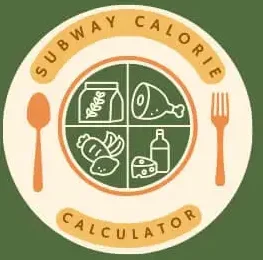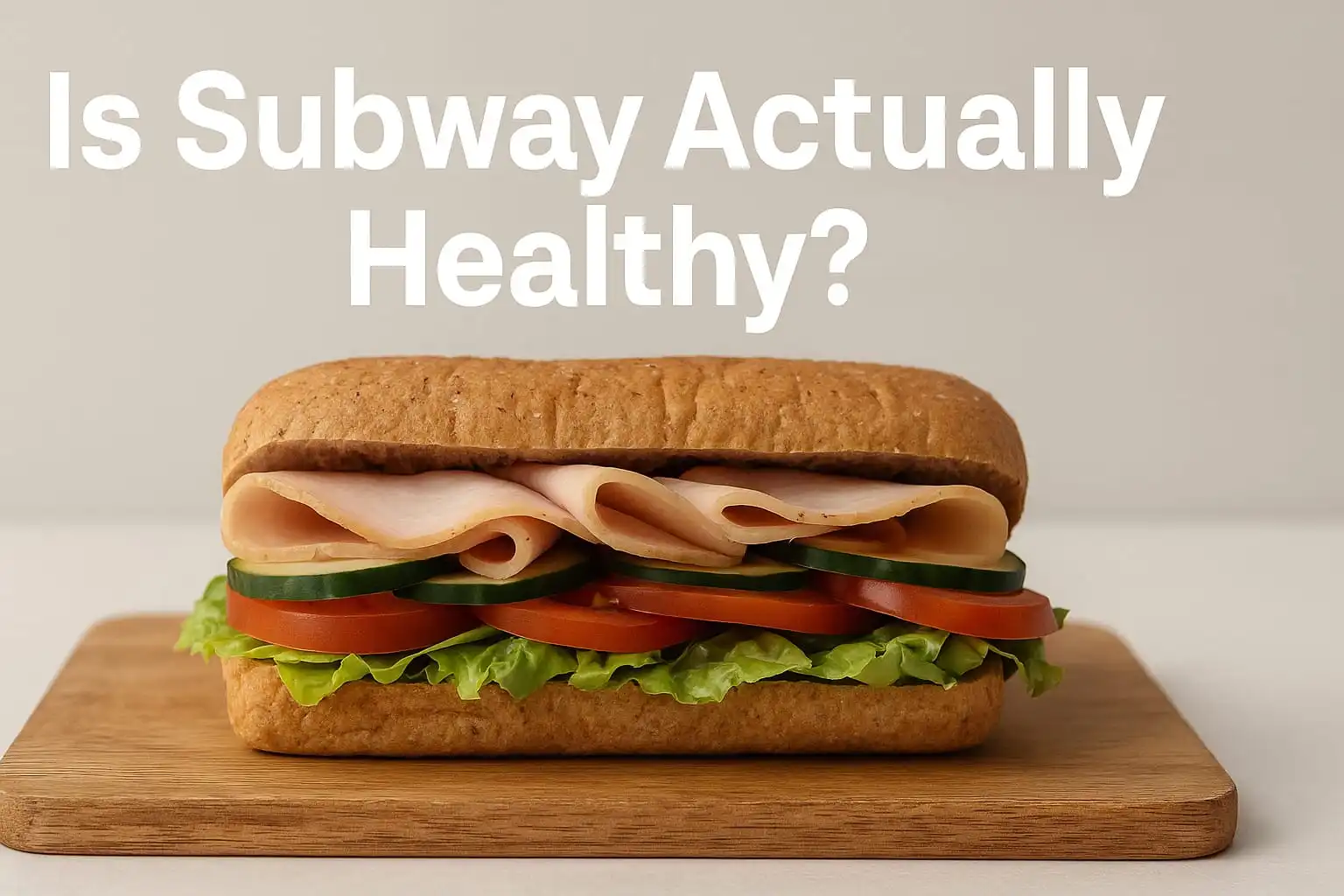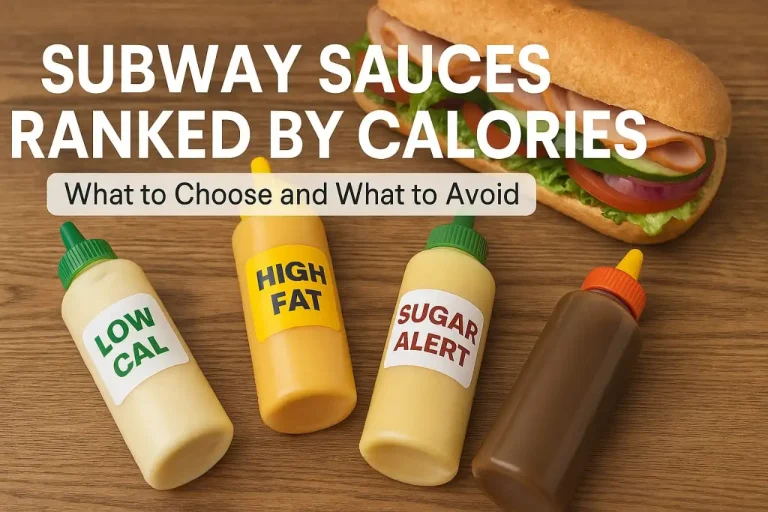Is Subway Actually Healthy? A Nutritionist’s Honest Breakdown.
Subway is often seen as the “healthier” fast-food option. With fresh veggies, whole-grain bread, and customizable sandwiches, the brand has marketed itself as the go-to place for nutritious meals on the go. But as more people focus on calories, sugar, and sodium content, a common question arises: Is Subway actually healthy?
Many customers assume that a sandwich packed with vegetables must be better than a burger and fries. While that might be true in some cases, not all Subway meals are created equal. The reality is more complex—and worth exploring.
This article breaks down the nutrition facts, common health misconceptions, and expert insights on Subway’s most popular items. Whether you’re trying to lose weight, eat clean, or just make smarter choices, you’ll find the answers here.
Let’s explore what really makes is a Subway meal healthy—or not.
What Makes Subway Seem “Healthy”
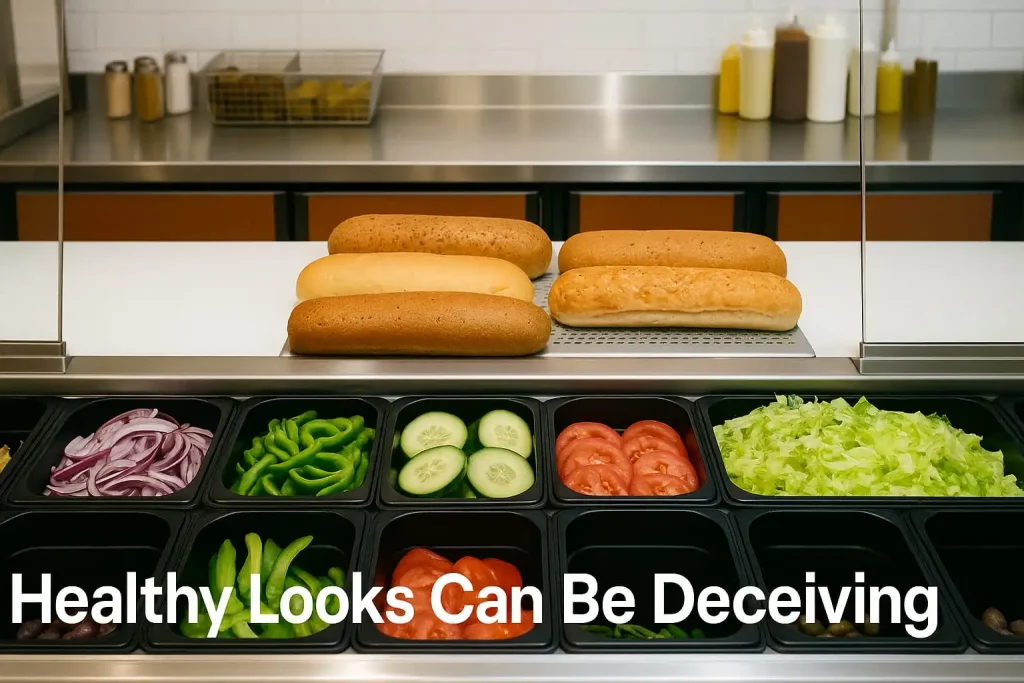
Subway’s reputation for being healthy comes from its visual presentation and marketing. Unlike greasy burgers or fried items, Subway meals often look fresher—filled with lettuce, tomatoes, cucumbers, and lean meats. But is Subway actually healthy, or does it just look that way? Plus, you can build your sandwich your way, which gives customers more control.
“Subway is great in that it offers flexibility,” says Sarah Mitchell, RDN. “You can make your meal as healthy—or unhealthy—as you want.”
The option to skip cheese, choose whole grain bread, and load up on vegetables gives an impression of a balanced diet. Still, it raises the question: Is Subway actually healthy, or just cleverly marketed?
Nutritionist Breakdown – What’s Actually Inside.

Here’s what nutritionists look at when assessing Subway meals:
| Nutrient | Subway 6-inch sandwich(avg) | Subway bowl(avg) |
|---|---|---|
| calories | 400-600 | 250-450 |
| protein (g) | 18-30 | 20-35 |
| sodium (mg) | 900-1300 | 750-1100 |
| sugar (g) | 5-12 | 3-8 |
Subway meals can be low in calories, but many items are high in sodium. Some sauces and breads contain hidden sugars, and footlongs can push calorie counts above 1000.
“Just because it’s served on wheat bread doesn’t mean it’s nutritionally balanced,” says Natalie Torres, Certified Clinical Nutritionist. “You need to look beyond the surface.”
Subway’s Healthiest Options (And Why)
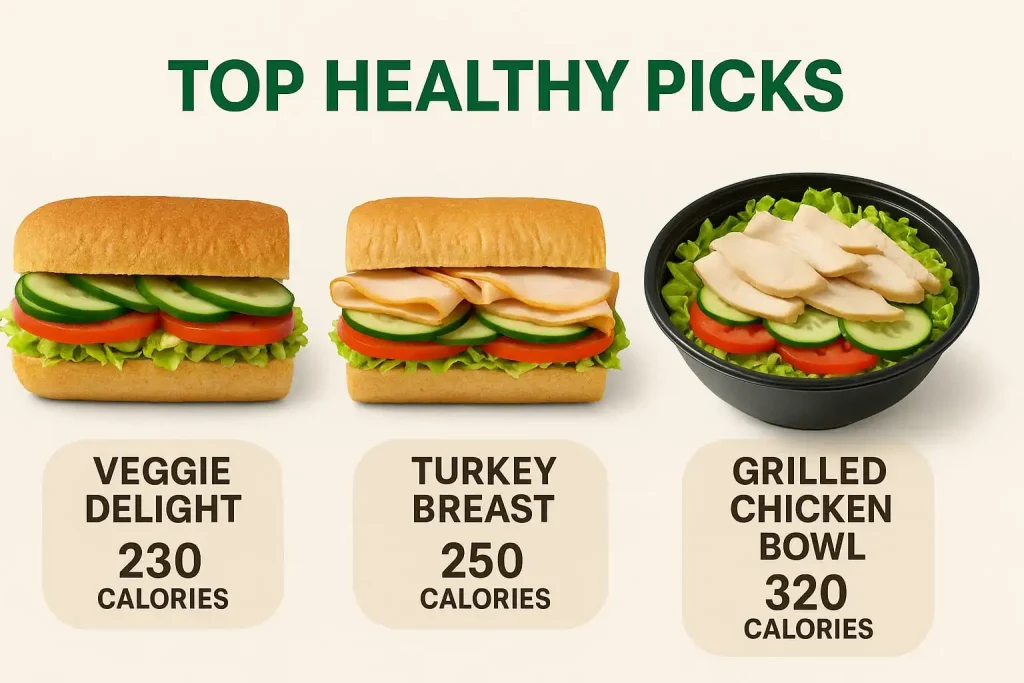
If you’re trying to eat healthy at Subway, here are the best choices:
Best Subway Sandwiches for Health:
Best Subway Bowls:
Best Toppings:
Sauces to Avoid:
The sauces often carry more calories than the meat,” says registered dietitian Sarah Mitchell. “Stick to mustard or vinegar-based dressings.
What to Watch Out For.
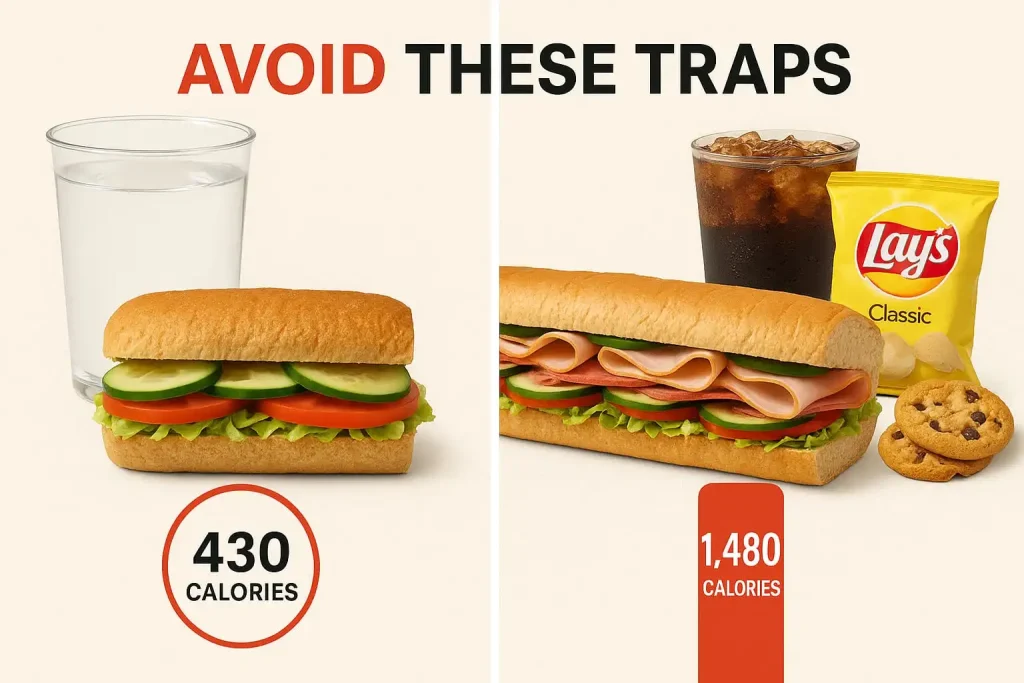
Even healthy-looking meals like a Subway sandwich can be loaded with hidden ingredients that derail your goals. While it may seem like a better option than fried fast food, is a Subway sandwich actually healthy? The answer depends on what you add—sauces, cheese, and processed meats can turn a low-calorie meal into a calorie bomb.
Watch These Traps:
Subway’s meal deals often lead customers to add extras that hurt their health outcomes.
Is Subway Good for Weight Loss?

Subway can support weight loss if you’re making informed, portion-controlled choices. Compared to fried fast food, a veggie-loaded sandwich or bowl can be a better alternative.
Tips for weight loss at Subway:
Weight loss is about calorie balance and smart portions,” says nutritionist Natalie Torres. “Subway can fit that model when you plan wisely.
Final Verdict – Is Subway Actually Healthy?

Yes — Subway can be healthy, but it depends entirely on how you build your meal. The chain gives you the tools for a nutritious choice, but it’s up to you to use them wisely.
If you opt for:
then Subway is a convenient, balanced option for weight-conscious eaters.
If you default to:
then you’re likely consuming just as many calories and sodium as a burger meal elsewhere.
Use our Subway Calories Calculator to customize your next meal the smart way.
Visit: https://subwaycaloriescalculator.com
